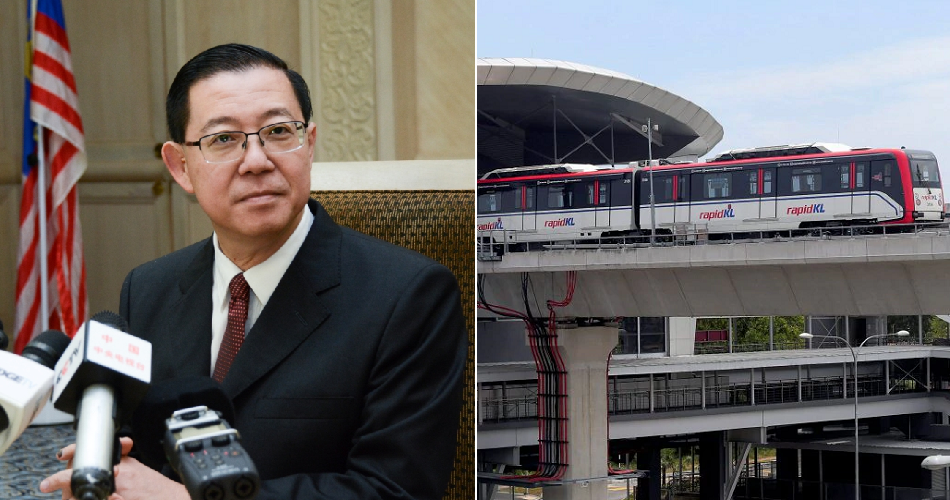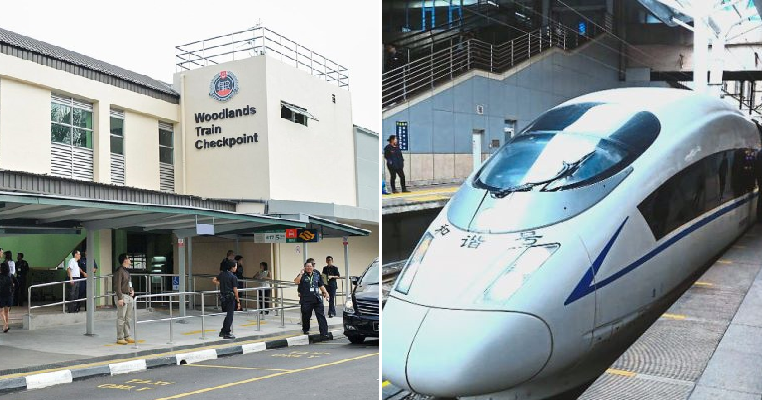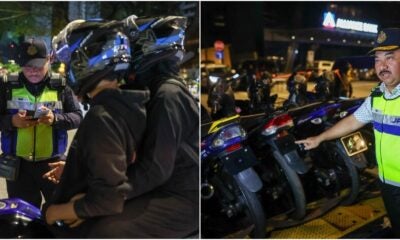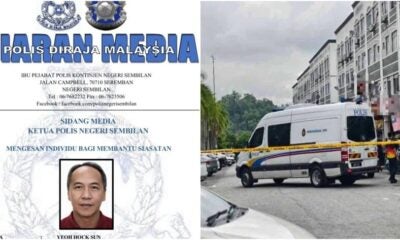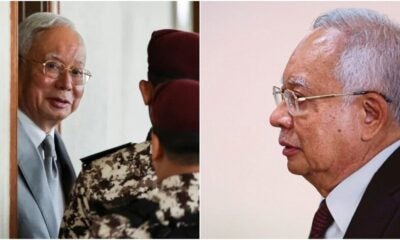Good news, it looks like we’re going to get our bigger and better LRT (Light Rail Transit) system, after all!
The news was confirmed today (12 July 2018) by our finance minister, Lim Guan Eng, as he told Malaysians that the project had received approval from the Cabinet yesterday (11 July 2018), reported The Star. Lim shared that the final cost of the project will be reduced by 47 per cent to RM16.63 billion, hence saving us a total of RM15.02 billion.
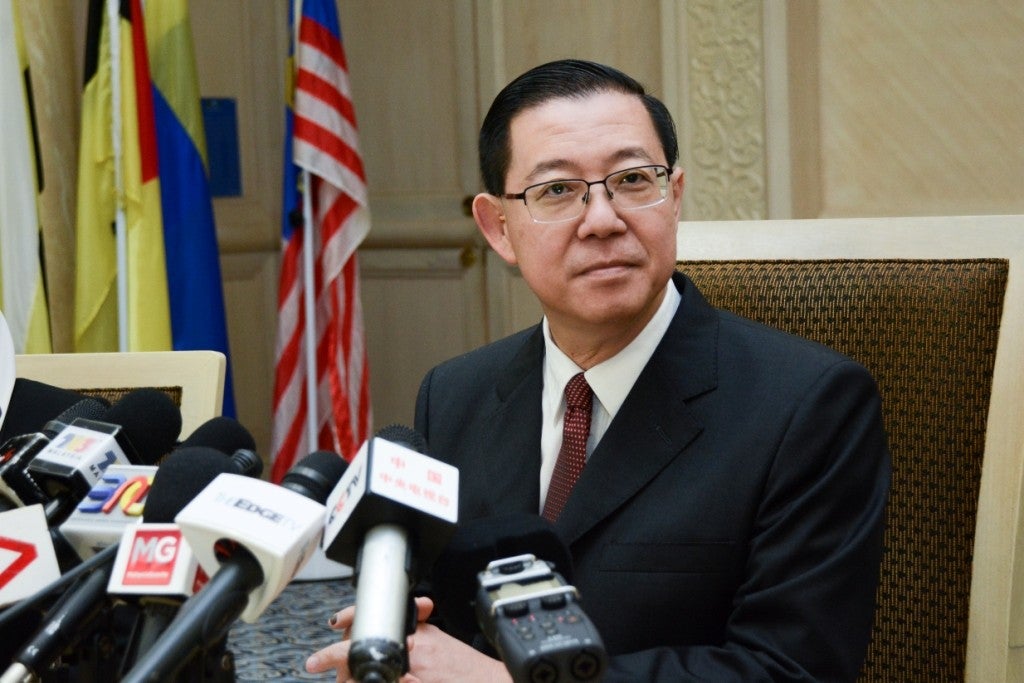
Source: Roketkini
This also means that we, the taxpayers, will have additional savings of RM14 billion “in interest cost over the period of the loan financing”. Nice!
Noting that this project is beneficial for the country as it will help reduce traffic congestion, the government has come up with several ways to ensure that the project doesn’t create a large hole in our pockets.
Thus, after thorough negotiations with all the key stakeholders like Prasarana, MRCB-GK JV and the Land Public Transportation Commission (SPAD), here are six ways the government plans to reduce cost as they proceed with the LRT3 project.
1. By restructuring the project to a fixed price contract
Joining hands with MRCB and Goerge Kent, Lim said that the project will be restructured from the previous project-delivery-partner (PDP) model to a fixed price contract.

Source: NST
Lim was quoted as saying,
“This will ensure that the price will be fixed and will not be subject to cost overruns. The details of this contract will be disclosed at a later stage.”
Sounds like a good plan!
2. Reducing train compartments and depot size
Initially, the plan was to have 42 sets of six-car trains but now it has been reduced to 22 sets of three-car trains. This is because a study on the project revealed that 22 sets of three-car trains will be sufficient for the anticipated rise in demand for LRT services by 2035.
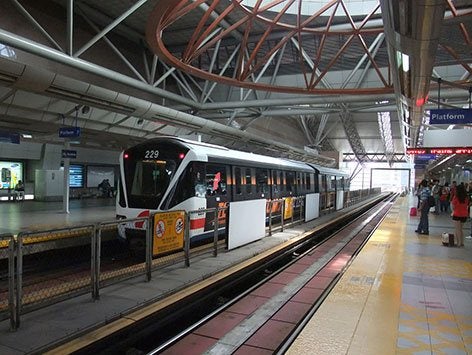
Source: Malaysia Airport KLIA2
Not only that, along with the reduction in train compartments, the construction size of the LRT depot will also be reduced to accommodate the three-car trains.
3. The design will follow the Kelana Jaya LRT line standards
The previous benchmark of the LRT3 design was based on the MRT stations, which were larger in size, but they have decided to streamline the size and design based on the Kelana Jaya LRT line standards as it will save us more money.
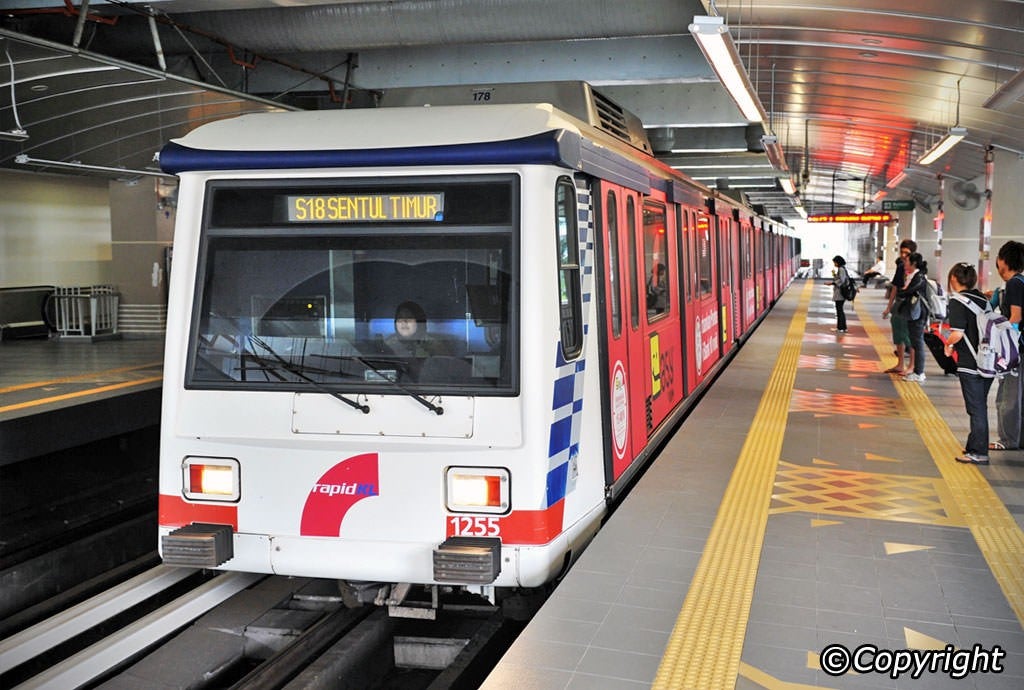
Source: Kuala Lumpur
Therefore, once this project is completed, it will be expected to serve a two-million population by transporting 36,700 passengers per hour. Hopefully, it will live up to its expectations!
4. Suspending construction of stations in places with less passengers
Another way they have decided to reduce cost is by suspending constructions in five stations where there’s very low passenger ridership.
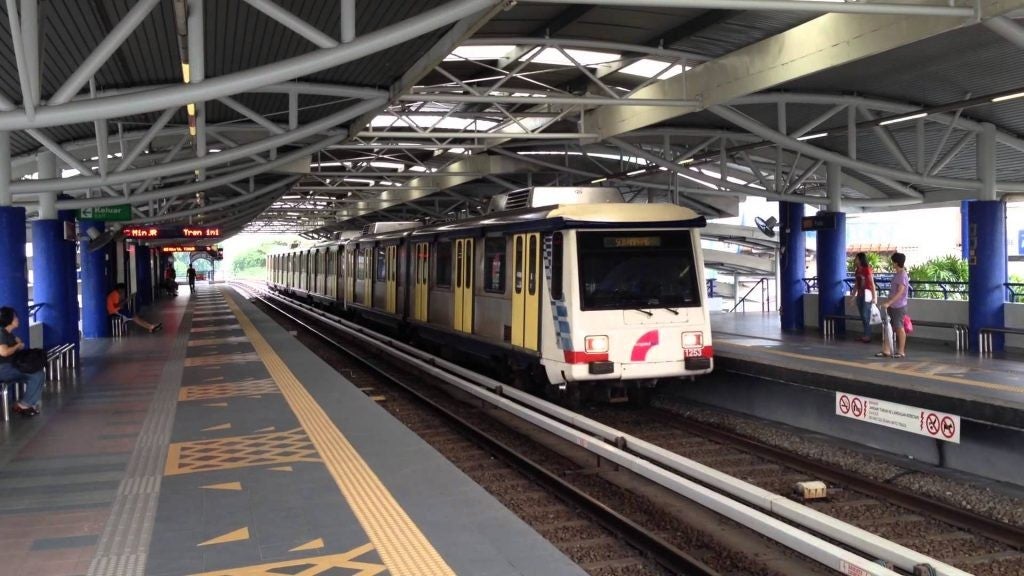
Source: Discover KL
These stations are:
- Lien Hoe
- Temasya
- SIRIM
- Bukit Raja
- Bandar Botanic
5. Cancelling the 2km tunnel rail for LRT3
Deemed unnecessary, it looks like we won’t be getting the 2km tunnel rail for the LRT3. Awwh.
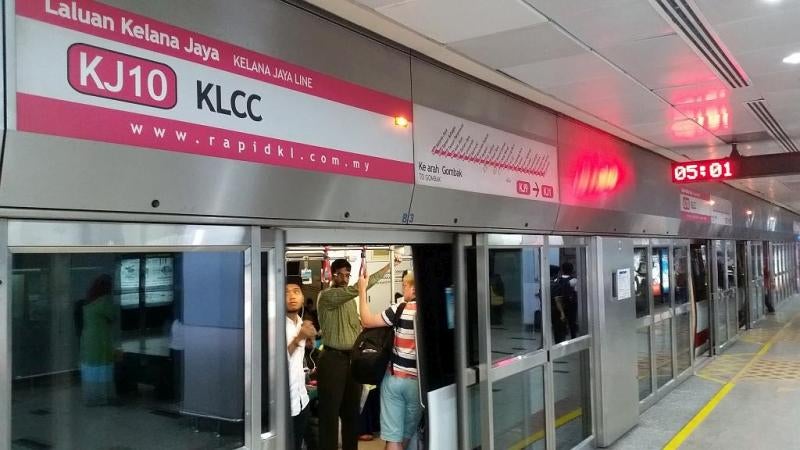
Source: Cartography of Wanderlust
This also means that the construction of an underground station at Persiaran Hishammuddin will be stopped. However, the integral 37km LRT3 line will sustain. We will still get a longer rail.
6. Extending the completion date of LRT3
To reduce even more money, the government has decided to extend the timeline of LRT3’s construction from 2020 to 2024 as speeding up the process will incur acceleration costs.
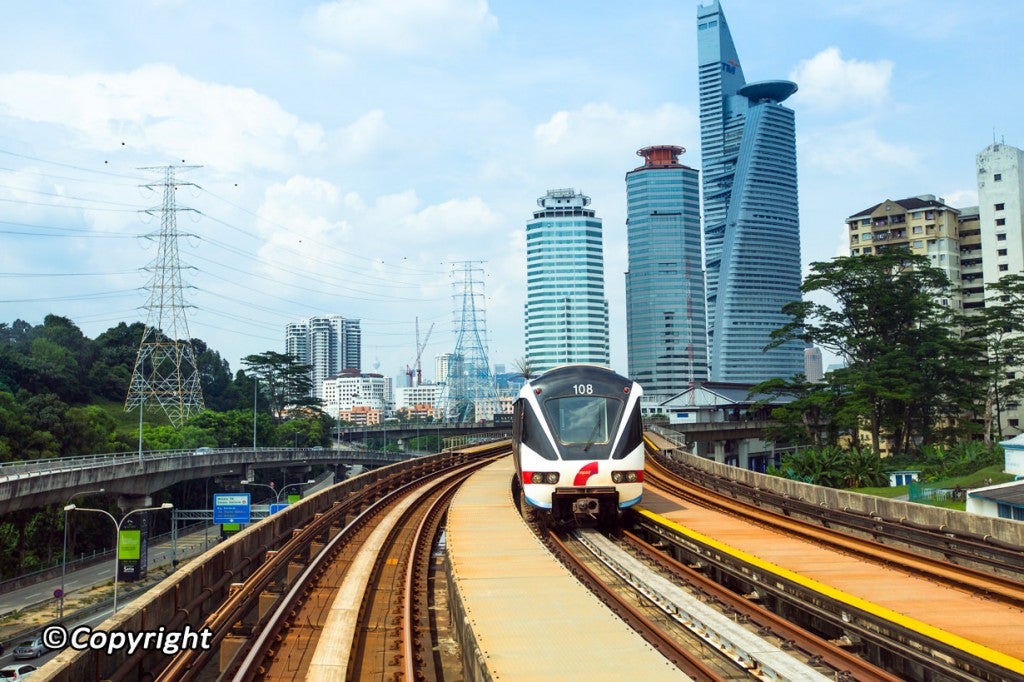
Source: Kuala Lumpur
Nonetheless, although there are reductions in cost, the safety, frequency and quality of service will not be compromised. They must abide by the requirements of the regulators. Well, they better do!
It’s great that the government decided to go on with this project as it will definitely benefit many people, especially those who rely on the LRT services greatly. We also hope that once the project is completed, our public transportation services’ quality will be elevated as promised.
Woot woot, can’t wait!

Also read: There’s an Alternative KL-SG HSR That’s RM50 Bil Cheaper, Here’s What You Should Know

